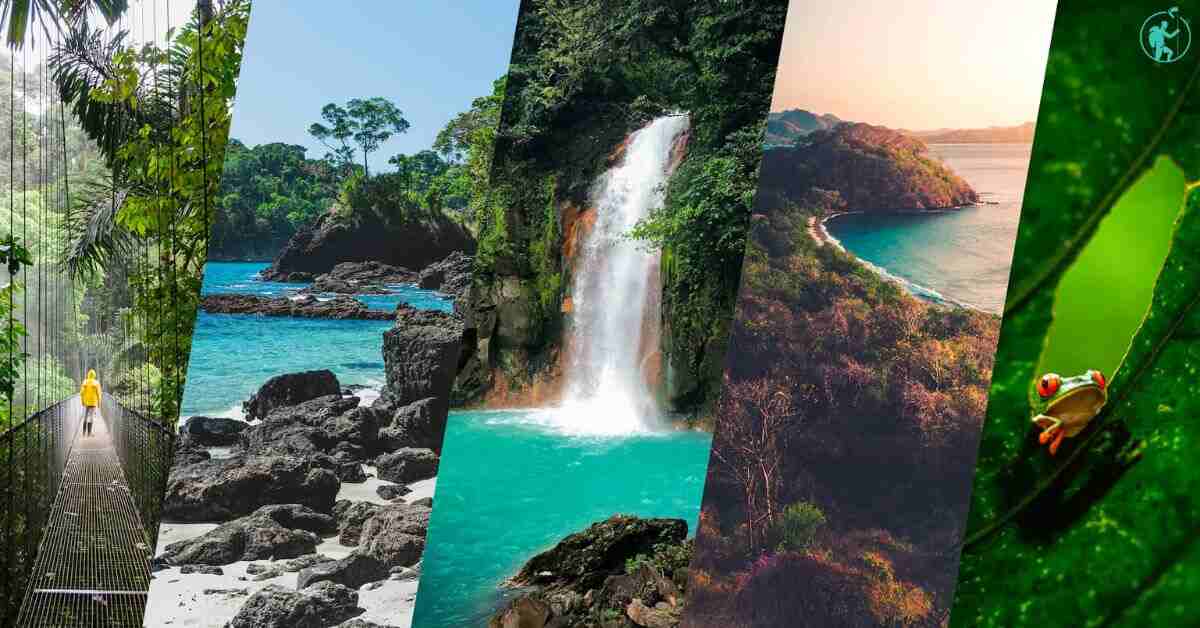Hikingplayer
Welcome to hikingplayer.com
Embark on a hiking adventure with us—where every step is a journey and every trail a story. Join our community for expert tips gear recommendations, and the joy of exploring nature. Lace-up those boots and let's hit the trails together














